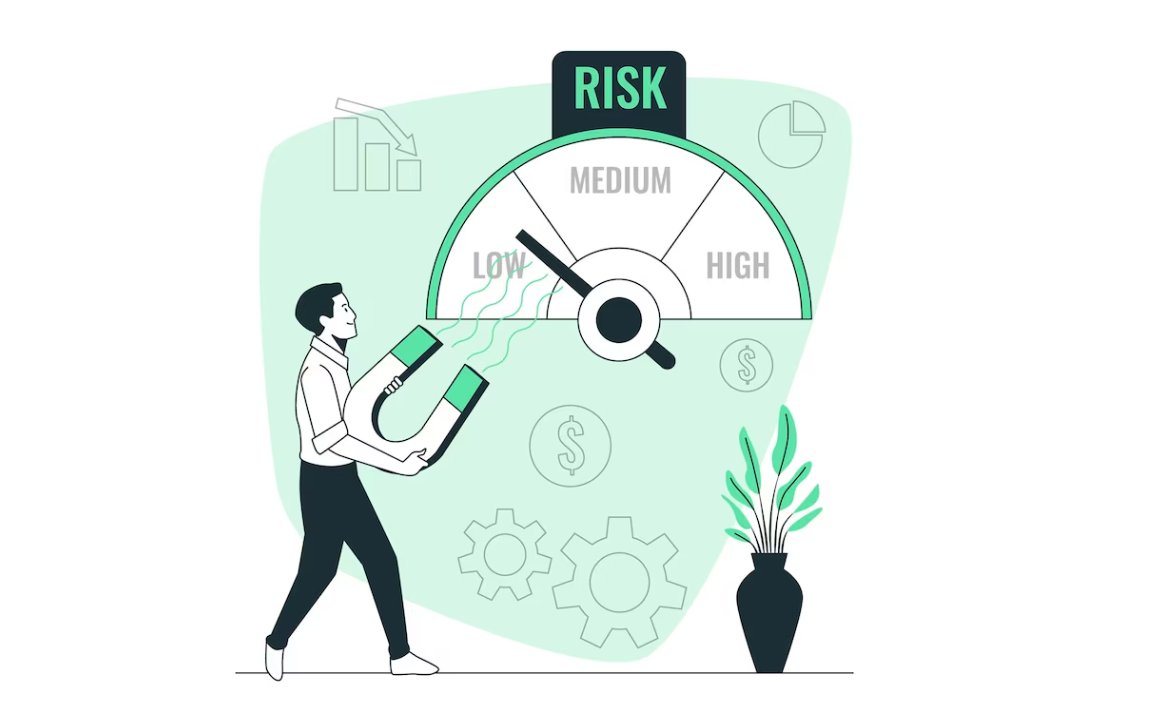Credit management is a crucial aspect of financial health for any business. Adequate strategies to mitigate credit risk not only ensure smooth cash flow but also help in maintaining good relationships with clients.
This section will illuminate the best practices in debt management, focusing on preventative measures, efficient collection tactics, and the importance of clear communication.
Introduction to Credit Risk Management
In the realm of business finance, Credit Risk Management is an integral component that entails the identification, assessment, and mitigation of potential risks associated with lending. These risks could emanate from the possibility of default by borrowers or a drastic change in market conditions that negatively impact the borrower’s ability to repay.
Effective Credit Risk Management is not merely about preventing losses but also involves optimizing the mix of risk and return, thereby leading to improved profitability and healthy financial status. In the upcoming sections, we will delve into comprehensive strategies that help mitigate credit risk and promote effective debt management.
Preventative Measures
Preventative measures are proactive strategies employed to minimize credit risk before it materializes into a tangible threat. These methods revolve around a diligent analysis of potential borrowers and the establishment of well-defined credit policies.
- Creditworthiness Assessment: Before extending credit to a borrower, businesses should conduct a thorough evaluation of the client’s creditworthiness. This process entails an examination of the borrower’s credit history, financial statements, and existing debt obligations. Here, tools like credit scores and ratings can provide valuable insights into a client’s ability to meet their credit commitments.
- Setting Credit Limits: Based on the assessment, businesses should establish a credit limit that aligns with the client’s ability to repay. Setting a credit limit not only keeps a check on the amount of credit extended but also helps in mitigating potential losses arising from defaults.
- Regular Monitoring of Accounts Receivable: Businesses should regularly monitor their accounts receivable to identify any late payments or defaults at an early stage. This proactive approach allows businesses to take timely actions like following up with the client, renegotiating terms, or in extreme cases, initiating legal procedures.
Efficient Collection Tactics
In the event of delayed payments, businesses need to adopt efficient collection tactics to recover their dues while maintaining a positive relationship with the client.
- Prompt Invoicing: A common mistake many businesses make is delaying the invoicing process. Prompt invoicing should be a standard practice. As soon as a product or service is delivered, an invoice stating the due amount should be issued. The invoice needs to be clear, concise, and in an official receipt format, thereby avoiding any misunderstanding or miscommunication.
- Follow-up Procedures: Implementing a systematic follow-up procedure can be highly effective in ensuring timely payment. This could include sending reminder emails or making courtesy calls. Remember, the key is to maintain professionalism and tact. While it is important to be firm, it is equally critical not to damage the client relationship.
- Legal Action as the Last Resort: If all efforts to collect the debt fail, taking legal action might be warranted. However, this should always be considered the last resort due to the potential of damaging business relationships and the costs associated with legal procedures. It’s recommended to consult with a legal advisor before proceeding with this step.
Importance of Clear Communication
Clear and effective communication is the cornerstone of any successful debt management strategy. This involves stating your terms and conditions explicitly at the outset of any financial agreement, which helps set clear expectations for both parties involved. Transparent communication of the repayment schedule, interest rates, and potential penalties for late payment can prevent misunderstandings, facilitating a smoother transaction.
Moreover, open channels of communication allow businesses and clients to resolve disputes amicably and promptly, rather than resorting to legal action. Regular financial reporting is also a key aspect of transparent communication, providing lenders with timely updates about the company’s financial health and validating their trust in the business’s ability to repay.
Lastly, clear communication also extends to the process of collection. It’s essential that any communication during the collection process is respectful and professional, maintaining the dignity of the debtor while asserting the legitimacy of the claim. This balanced approach can foster better client relationships while also ensuring timely debt recovery.
Conclusion
In conclusion, Credit Risk Management is a critical aspect of maintaining financial health and stability for businesses. It involves identifying and mitigating potential risks associated with lending, through proactive measures such as diligent creditworthiness assessments, setting credit limits, and regular monitoring of accounts receivable.
Additionally, efficient collection tactics and clear communication play a vital role in promoting effective debt recovery and maintaining harmonious client relationships. Ultimately, a well-planned and implemented credit risk management strategy can lead to improved profitability, foster stronger business relationships, and ensure long-term financial sustainability.

